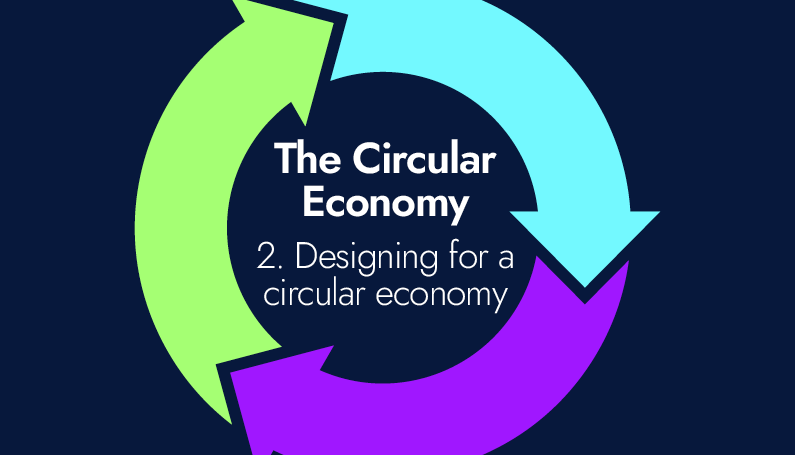Welcome back! In our second post on circularity, we dive into the importance of designing for a circular economy.
With finite resources and increasing environmental pressures, we know the traditional “take, make, dispose” model is becoming obsolete. Sustainability is no longer just an option—it is a necessity. Designing for a circular economy is key to building a resilient, eco-friendly future, but how do you turn this concept into action for your business?
Rethink Product Lifecycles: Imagine products designed to last, with durability, repairability and upgradability at their core. Think interchangeable parts, sustainable materials, and non-toxic components. Planned obsolescence must be a practice of the past if we want to secure a future that benefits us all.
Optimise Resource Use: Minimise waste by implementing processes that reduce waste generation across the entire lifecycle of your business. For example, incorporating water-saving technologies ensures you get the most out of every drop! Remember efficiency starts at the design phase!
Innovate and Collaborate: By understanding the environmental and social impacts of your products and services, you can drive meaningful change. Innovative design solutions empower businesses to embrace more sustainable operations. Why not champion sustainable consumption patterns within your industry by engaging with stakeholders to showcase the advantages of circularity in capex, opex and end products?
Commit to Continual Improvement: Success in a circular economy requires ongoing commitment. Set clear goals, conduct regular audits and keep stakeholders informed about your efforts and achievements. Transparent tracking and reporting not only promotes efficiency, but also builds trust and helps drive meaningful change.
Join us in driving the transformation toward a sustainable, circular future.
Stay tuned. In our next post we will be discussing regulatory compliance.
